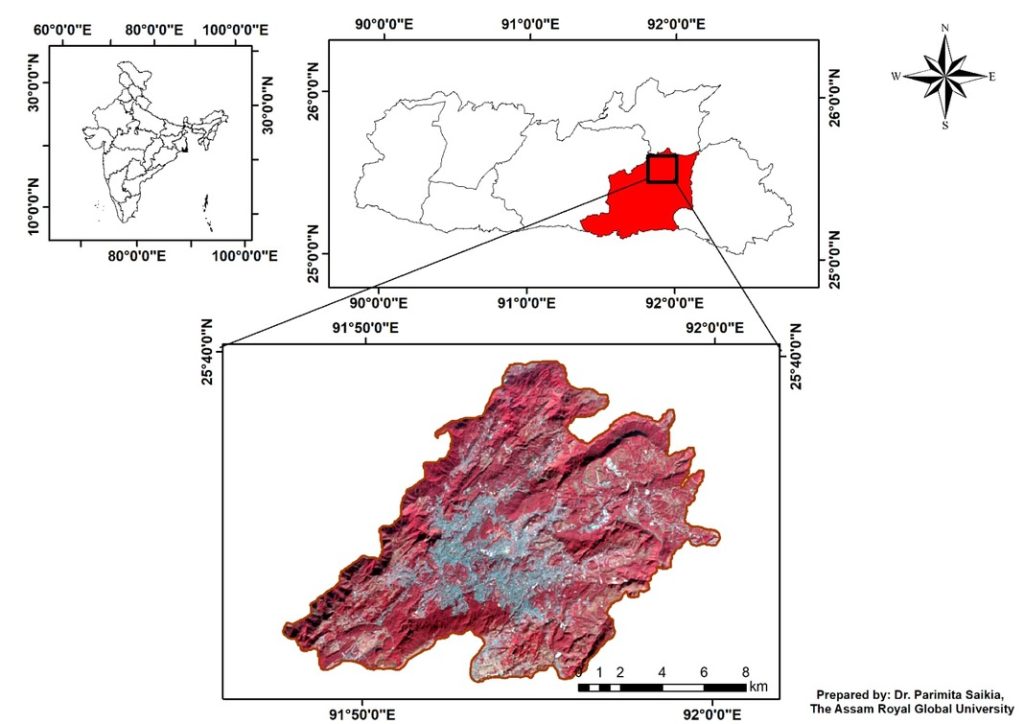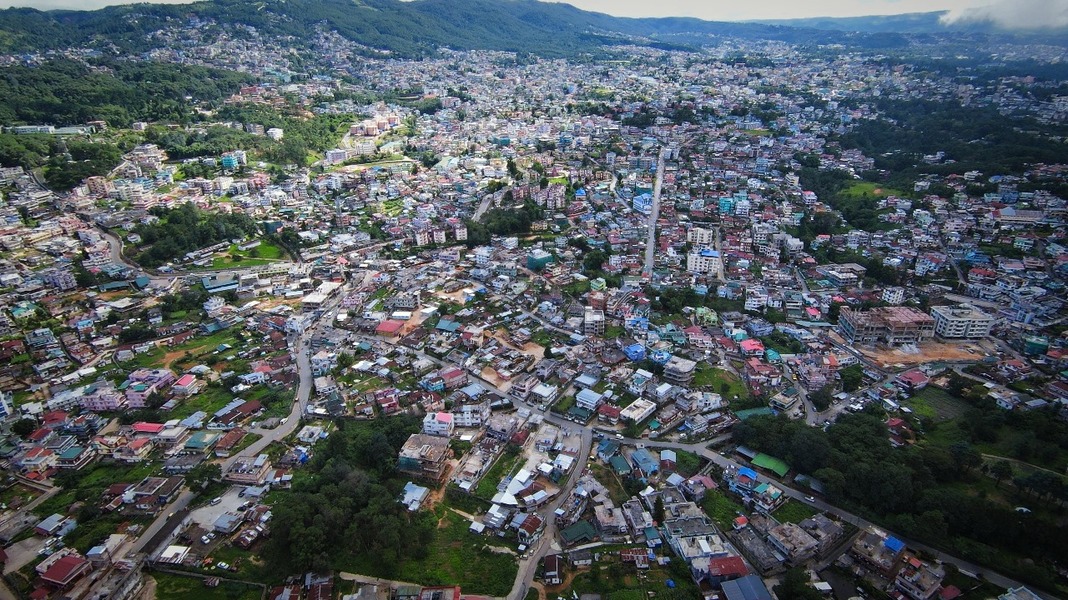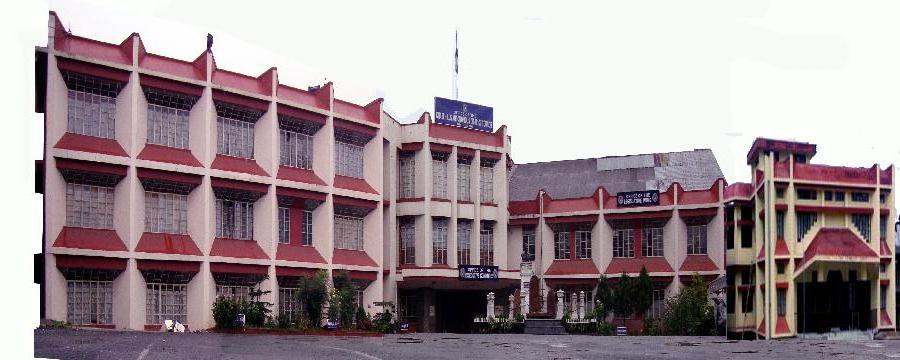ROOPAK GOSWAMI
Shillong, Jan 7: Shillong, the picturesque capital of Meghalaya, renowned for its cool climate and lush landscapes, is facing a new environmental challenge: the growing urban heat island (UHI) effect.
A recent study done by Parimita Saikia, Preety War, Lapynshai M. Umlong, and Bibhash Nath and published in Remote Sensing explores the alarming consequences of rapid urbanization on the city’s land surface temperature (LST) dynamics and predicts even starker changes by 2050 if current trends persist.
A Changing Landscape
Over the last three decades, Shillong’s urban footprint has grown significantly. According to the study, conducted by researchers from the Assam Royal Global University, North-Eastern Hill University, and Hunter College in New York, settlement areas increased from 6.40% of the city’s total area in 1993 to 17.36% in 2023. This growth has been fueled by the transformation of barren lands and green spaces into densely built-up zones.
The study classifies Shillong’s land use and land cover (LULC) into five categories: agricultural land, barren land, settlement, vegetation, and water bodies. Settlement areas, which include roads, residential zones, and commercial spaces, showed the sharpest rise. Meanwhile, barren land decreased drastically, shrinking from 40.87% in 1993 to just 6.82% in 2023.
Heat Rising: The Urban Heat Island Effect
The researchers employed satellite imagery and CA-Markov modeling to study LST changes between 1993 and 2023. The findings revealed a steady increase in surface temperatures across all land use categories, with urbanized zones experiencing the most pronounced warming.
In settlement areas, the average LST rose from 17.45°C in 1993 to 21.75°C in 2023—a 4.3°C increase. Agricultural lands and barren areas also showed significant temperature hikes of 4.5°C and 4.9°C, respectively. Vegetation and water bodies remained cooler, but even these zones have warmed by approximately 4°C over the study period.

What Lies Ahead?
Looking to the future, the study projects unsettling scenarios for 2030 and 2050. Settlement areas are expected to expand to 21.39% of Shillong’s area by 2030 and further to 28.56% by 2050. This growth will come at the expense of agricultural lands, vegetation, and water bodies, which are forecast to shrink significantly.
The study also highlights a shift in temperature distribution. In 1993, areas with temperatures below 12°C accounted for 27.95% of Shillong’s total area. By 2023, such areas had all but disappeared, replaced by zones with higher temperatures. By 2050, the researchers predict a significant rise in areas with surface temperatures exceeding 23°C.
Recommendations for Sustainable Growth
The researchers stress the need for immediate interventions to mitigate the environmental impact of urbanization. Key recommendations include:
Preservation of Green Spaces: Expanding urban green zones and implementing afforestation programs to offset rising temperatures.
Protection of Water Bodies: Safeguarding Shillong’s rivers, streams, and wetlands to maintain their cooling effects.
Eco-Friendly Urban Planning: Encouraging sustainable construction practices and limiting impervious surfaces.
Public Awareness Campaigns: Educating citizens about the importance of ecological balance and their role in combating climate change.
A Warning for the Future
Shillong’s struggles with urbanization and rising temperatures mirror challenges faced by cities worldwide. While the study focuses on a relatively small city in the eastern Himalayas, its findings have global relevance, particularly for mid-sized urban centers grappling with unplanned growth.




